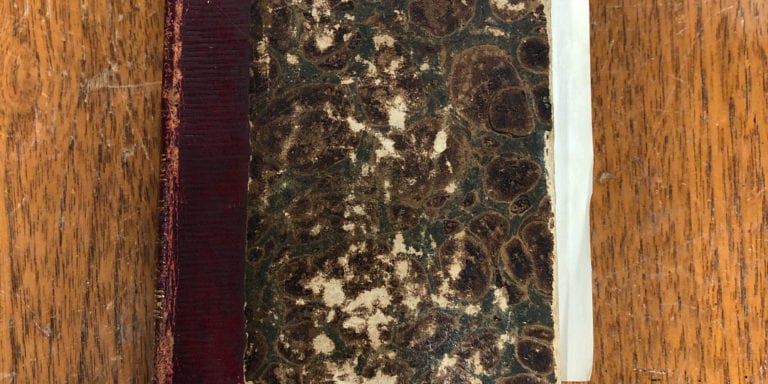
My heart leaps up when I behold
My Heart Leaps Up by William Wordsworth
A rainbow in the sky:
So was it when my life began;
So is it now I am a man;
So be it when I shall grow old,
Or let me die!
The Child is father of the Man;
And I could wish my days to be
Bound each to each by natural piety.
Sleep leaves at 4 am most days now. I roll over and try to find it again in this position or that. I put tissue in my ears to keep out the birdsongs that come with the false dawn near 5. I cover my head with a fluffy feather-filled pillow to keep from my eyes the warm light that slowly fills this room as dawn progresses. I recite and repeat the prayer and hope its mantra opens Lethe’s door within me so sleep may return.
For some months I have had a little Gulliver by my bed. It is a narrow duodecimo. London 1819. Its dimensions are little more than 5″ tall and a little less than 3″ deep.
Part of a 3″x5″ slip of paper protrudes from its top. That exposed bit of paper is slightly toned, and the ink a little faded. The paper inside the book is brighter. The ink bluer. It reads: “This book belongs to Mary Carol someday.”
I have had this book for 20 or 30 years. With many of my books, I can recall exactly where I acquired it. Where this one came from is lost in time.
Perhaps it was brought to me by Mary Carol. Perhaps her heir. Perhaps Mary Carol never got this book.
Maybe the slip of paper was laid in the book many decades ago at Grandpa’s house.
Was this the story?
“Grandpa told me the book would be mine one day.”
No one will ever know unless one runs into Mary Carol on another plane and perhaps not even then.
So this story is just a snapshot. A slip of paper in time. An emotion, a promise, a hope realized or unrealized long ago.
I would never dream of removing Mary Carol’s wish from this tiny treasure. It enhances a quite beautiful tiny tome. Tiny tome…it is not a solecism. Tome now usually means a big book. But apparently it was not always thus. However, this little gem is quite weighty. It is full of meaning and history in many contexts.
Gulliver’s Travels is an important work. One often thinks of the story of giants and tiny people as a tale for children. But as with most great books that children enjoy, it is wondrous at all ages. It is multidimensional. It can be for serious adult readers looking at the contextual satire within or read by a child or adult as pure fantasy.*
* John Gay remarked: “It is universally read, from the cabinet council to the nursery.”
My tiny tome’s boards are covered in marbled paper. It has seen so much use; so many times has it been slipped on and off shelves that the paper on the foredges and the top and bottom edges is worn away, and the dull gray white of its paperboards is completely exposed. The book is quarter bound in leather. Its spine is red leather. A small gash of hide is missing at the top of its rear hinge. It was caused by some long ago misadventure; for I can tell by experience it is old damage. The golden spine lettering: “Gulliver’s Travels” is tiny but still bright. I should polish it a bit, and the red leather color would warm up, and the gilt letters brighten.
Yes, polished it is much improved. The red leather is warmer and the gilt lettering pops out to the eye.
But for all that use, the book’s text block is very tight. Whoever has read it, or simply opened it, over the last 200 years has done so with care. Its spine and hinges are not cracked. It has never been splayed; pressed flat upon a desk or table or knee.
The only illustrations are the frontispiece and the vignette on the title page. That is a bit disappointing except that both are mighty striking in their tininess. The frontispiece has Gulliver standing tall on a beach. His hands are on are on his hips. His legs are spread. He is looking down in bemusement at the Lilliputian army at his feet. The men are about as tall as his instep is long.
It is a delightful fantastic image. Is it a steel engraving or copperplate?
I should know these things. I’m a bookseller. But it’s been a very long time since I’ve cataloged anything and…I’m drawing a blank.
It doesn’t really matter in this context. And there’s no time for me to look it up just now—I can only look forward. For every moment I stop, more and more books come in. We have two carts of Jack Valenti‘s books on carts waiting for me to review. I haven’t had time to get into them. It’s been about two weeks since it was discovered they had come in. And there may be more. My top sorter—a young 30-something—asked if Jack Valenti was “anyone.” She had already sent a bunch to the “sausage factory” i.e. our 30 plus data entry stations. When I told her he was indeed “someone,” she tried to find the vein of yellow tubs they may be in and left notes what they should look for.
That the collection got caught at all is very lucky. It is a testament to this young woman’s curiosity and instincts. It was dropped off by a quirky estate clearer who usually just brings mundane house clearances. He drives a battered very old van painted over in gray—including its windows!
But he does a great service to those who need their books “gone.” The old vehicle comes to the house like a deus ex machina. The problem is solved by a guy and his 25-year-old Dodge.
The book that first caught my sorter’s special attention from the collection was the autobiography of Jacqueline Cochran (the groundbreaking female aviator) it was warmly inscribed to “Ladybird and Lyndon.” I’ve been told there are at least a couple more of Lady Bird’s books in the group.
And then there is the William Safire Collection we purchased in August 2018. I’ve sat on it hoping to get the rest of the estate. Sadly, I was outbid for phase 2. I was shocked. I thought I went pretty high. There were great books there including an early H G Wells The First Men in the Moon signed by Neil Armstrong. I WANTED that book and factored a near 5-figure price for it. I’ve often spoken the axiom: “the only books you regret are the ones you don’t buy.” There were also a lot of books there that, although inscribed to Safire by the author, didn’t “speak” to me. Dan Quayle? Woodward? Bernstein? … Yawn…
Well, I have my own Neil Armstrong autograph and a lot of other astronaut stuff.
Damn! WHY didn’t I offer more?!
Damn…
Gulliver…but for some foxing (that means steel, right? foxing = rust) on his body’s image…is young and virile. He is just as young and virile as he was when he was engraved in 1819 or earlier. Some long forgotten artists left their mark upon however many of these survive. Tiny letters are below the image. I can read the engraved “signatures” “T Uwins del.” and “G. Warren sculpt.”* And I’m certain I have seen it reproduced. So, these two who drew the image of Gulliver and the little army onto paper and then scratched out the images on a bit of polished metal are immortal. That image I will carry in my mind til my end. I bet many who see it here or on Instagram or Facebook will have it impressed upon their memories—much as it has been physically impressed upon this tiny sheet of paper.
* Del. = Delineat = T Uwens drew it. Sculp. = Sculpsit = G Warren carved/engraved it. [Thanks to a Philly colleague who wishes to remain anonymous.]
Gulliver will never grow old. The vignette of him on the title page staring up into the sky at the Flying Island—that island will float forevermore.
I have grown older with this book. It reappears in my hands every few years by chance or if I’m in the mood to seek it out amongst the thousands of wondrous books I’ve been given stewardship of for life…as long as it lasts…
This old book will never grow old. Barring mischance or misadventure, it is simply too sweet a bit of paper, ink, hide and string to ever be cast aside by some future owner or bookseller.
200 years old this year.
1819.
Happy Birthday.
In 2119 you will likely have not aged a bit. 2219, 2519. In 2819 you will celebrate your millennium. In whose hands will it rest 800 years from now?
(Will there be “hands?”)
This book, this Swift gem, what is its provenance? I know it begins in London in 1819. The hands of a bookbinder put it together. Its red leather shone warm and nearly glowed when a bookseller set it upon a shelf on display in a bookstore lit by diffuse daylight, candles or oil lamps. Its warmth beckoned a buyer I would think. Was it a woman or a man? Was it lifted from its place for oneself or as a gift? Opened to its title page and the frontispiece, the book would have sold itself.
“I will take this.”
So small and light. It could be slipped into a coat pocket or vestibule cloth chamber in the folds of a gown.
Was it first read in a carriage? Or a train? Upon a flowered grassy hillside? In a window seat with gray cold rain splashing on the glass?
So from London to Maryland two hundred years later what was its path? Its provenances? Did it cross the Atlantic in the 19th century or the 20th? I know it was here when the 21st century turned.
The book tells its full printed story and some other partial stories, but its path from there to here is unknown.
Sigh…
The books don’t stop. Time doesn’t stop. It doesn’t slow.
Sunday was my birthday. Unhappy the years now gone. Unhappy the approaching horizon.
I’m pretty happy in the present. Good news at the dentist and doctor this month. Still intact and original.
Some days lately I am deliriously happy. May that silliness last. I am laughing again nearly every night.
That is a wondrous thing.
Gulliver’s Travels 1819 edition…
Well—the book—it has brought me pleasure once again. I’ve thought of the two artists. I’ve thought of Dean Swift whose cathedral I visited in Dublin just a few months ago; whose bones rest beneath the ancient stone floor of that building; whose death mask is on display—his last face frozen forever in plaster; whose significant other rests near him beneath those stones well. I stood upon stones he trod before he died in 1745.
It is time to slip this little jewel amongst my better books. Though it has no great value as a collectible, it belongs amongst its betters. It must not be mixed in with the rank and file. My common books may be gathered up in one fell swoop should I be struck by a truck or crushed in a crescendo of sound by a falling piano or some more mundane sudden ending.
It should abide with the books that will be looked at one at a time should the end come unprepared.
Ahhhh…writing this has been a pleasant but brief respite and now…back into the breach once again.
Every book I touch, important or mundane, has been made by many hands. Writer, agent, editor, publisher, designer, printer, bookseller, buyer, seller, second buyer…and now into my hands to determine its next fate or…the hands of the many others here who determine thousands and thousands of fates each day…and the impersonal computer that accepts or rejects the books fed to it because they don’t need a second look…
Well, if they are rejected by our machine—each book gets another second look; another pair of hands, and we try for its best outcome—almost always as a “book.”
I had a great deal of trouble with this poem when I took Romantic Poetry at Connecticut College. I was 19. It is still pretty difficult. I won’t try to parse it. I’ll cheat and attach “Clif Notes” (actually Cummins Study Guides) at the end of this blog.
But I remember the poem did move me.
“The child is father to the man…”
There are things I knew as a child that are gone now.
I recall vividly when very, very young, I thought that I was reincarnated from a soldier who had been killed some years before in the war. What was his name? He had a name. Did I ever tell anyone?
It is gone.
I remember numerous instances of deja vu as a young child. In San Antonio for example—a city my parents had never taken me to until I was 5 or so. I saw sights I was sure I’d visited before. My parents scoffed.
“Impossible.”
Gone now.
I have not felt deja vu for…many, many years.
I have outgrown those intimations of reincarnation, of immortality.
Dawns and rainbows and the flowers I grow are still brilliant and exciting.
And this first, first kiss of Spring this year was a fresh new brilliant epiphany:
“Yes. I am still alive.”
“I am ‘young’ again.”
All this, all these thoughts are because I picked up an old book I’d looked upon many times before.
Books…take you places…
Intimations of Immortality Notes
Interpretations… Wordsworth’s poem expresses the view that the human soul exists first in heaven. When united at birth with a body, it brings with it impressions of heaven, as the following passage from the poem indicates:
The Soul that rises with us, our life’s Star,
Hath had elsewhere its setting,
And cometh from afar:
Not in entire forgetfulness,
And not in utter nakedness,
But trailing clouds of glory
These “trailing clouds” remain in a growing child as “intimations of immortality,” or memories of his celestial abode. However, when the child passes into his adolescent and teen years, his increasing exposure to the material world and the beauty of nature dims his memories of his heavenly beginning. By the time he enters adulthood, all but the merest recollection of his previous existence disappears. (In the ancient world, Plato believed that the human soul existed before birth in an incorporeal realm. Although it possessed vast knowledge, its memory of this knowledge failed after it united with a body at birth. A human being then occupied himself with restoring this knowledge through education.) Nevertheless, this faint memory is enough to light for him the path back to heaven:
Those shadowy recollections,
Which, be they what they may,
Are yet the fountain light of all our day,
Are yet a master light of all our seeing.
Themes… Children See the Light: The speaker of the poem maintains paradoxically that the more a person ages—the more educated and experienced he becomes—the less he knows about heaven and God. A very young child, on the other hand, is a fountain of insight and enlightenment about the supernal world. After all, says the poem’s speaker, a child’s soul is a recent arrival from paradise. Memories of his heavenly abode are still vivid to him. He still sees the light of the eternal God. Faith: There is in all of us a heavenly spark that can ignite the fire of faith to support us through troubled times, keeping alive the thought of reuniting with the Creator in the celestial realm. Ennui: Humans become jaded and world-weary after losing their childhood innocence and enthusiasm.

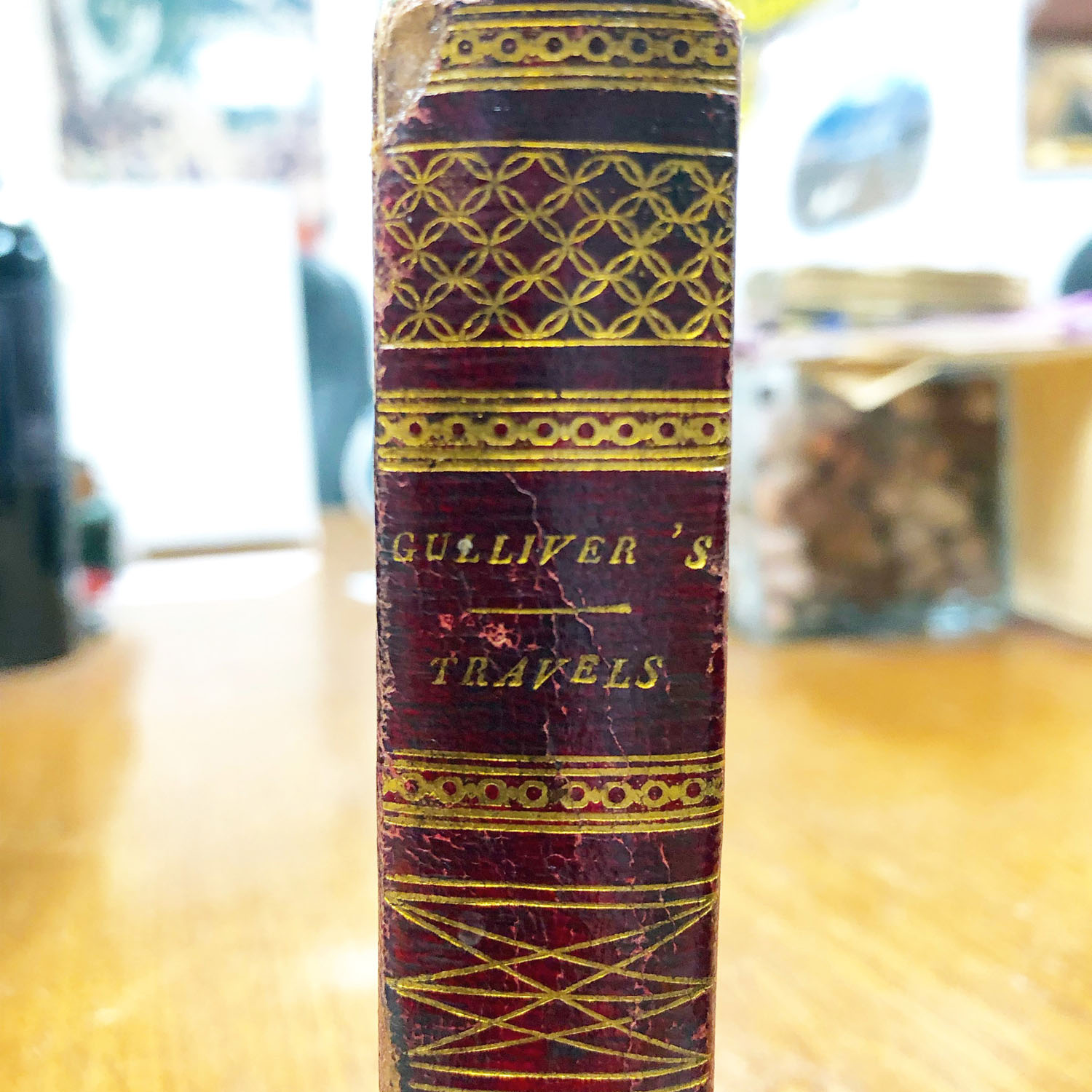
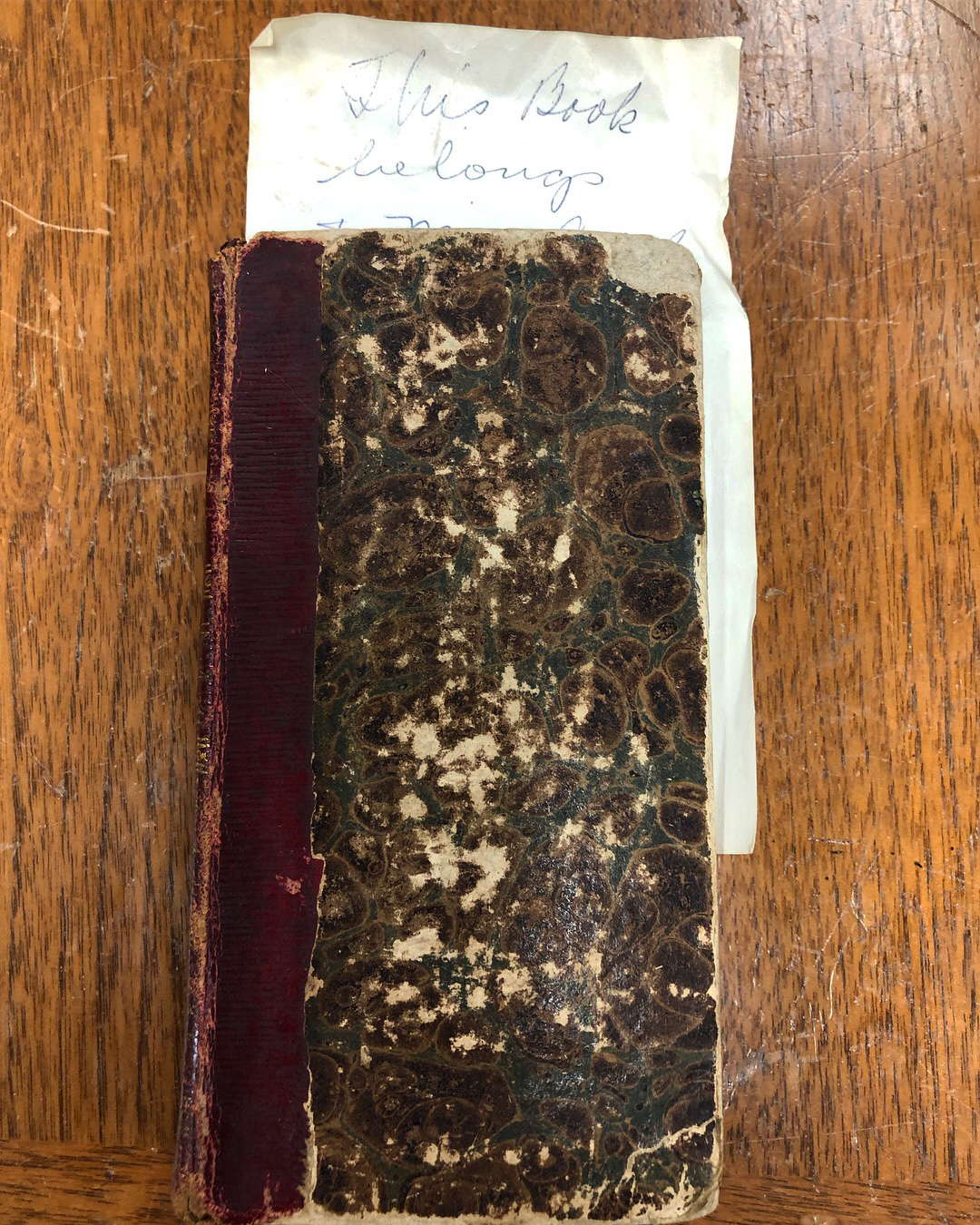
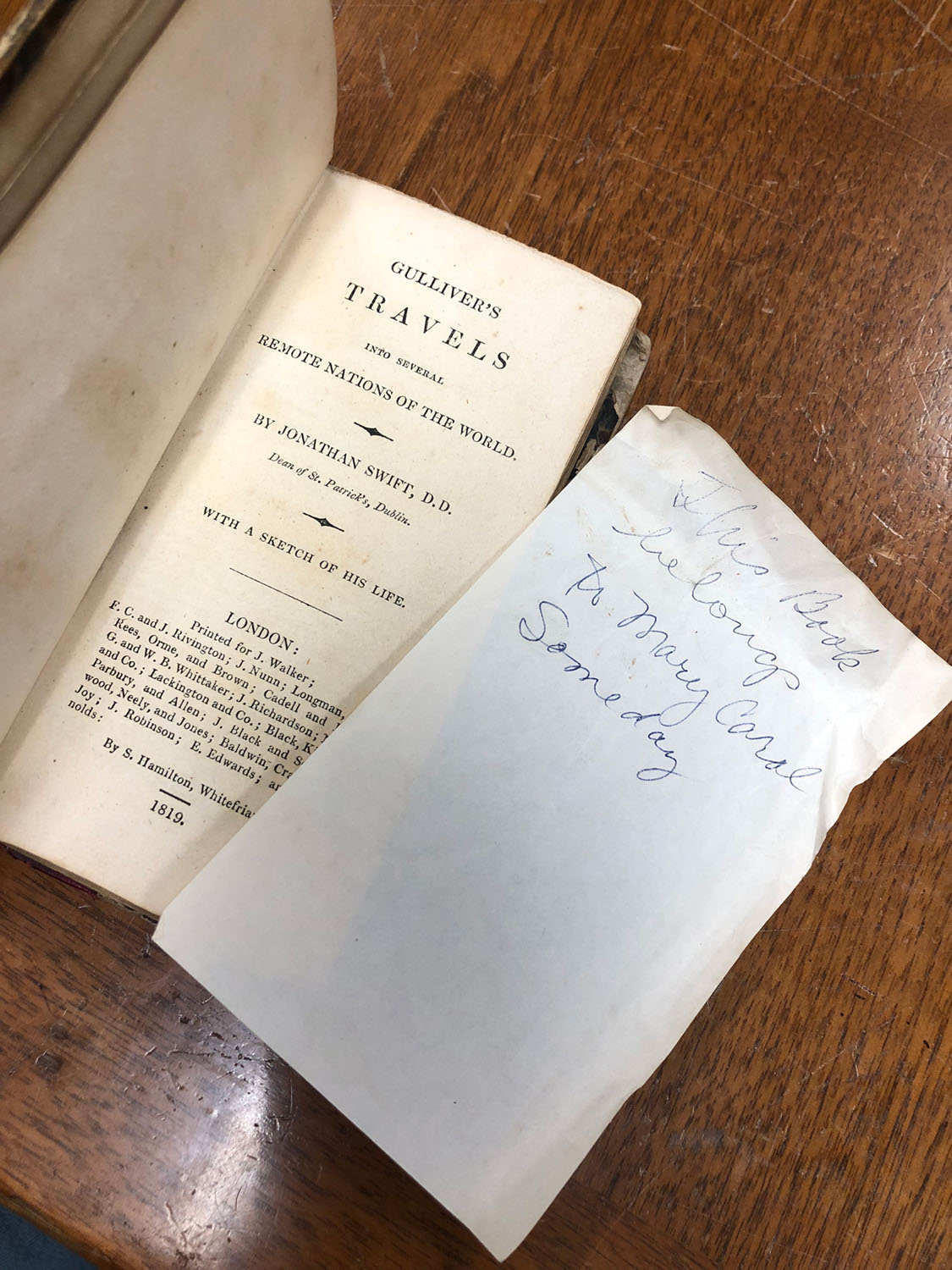
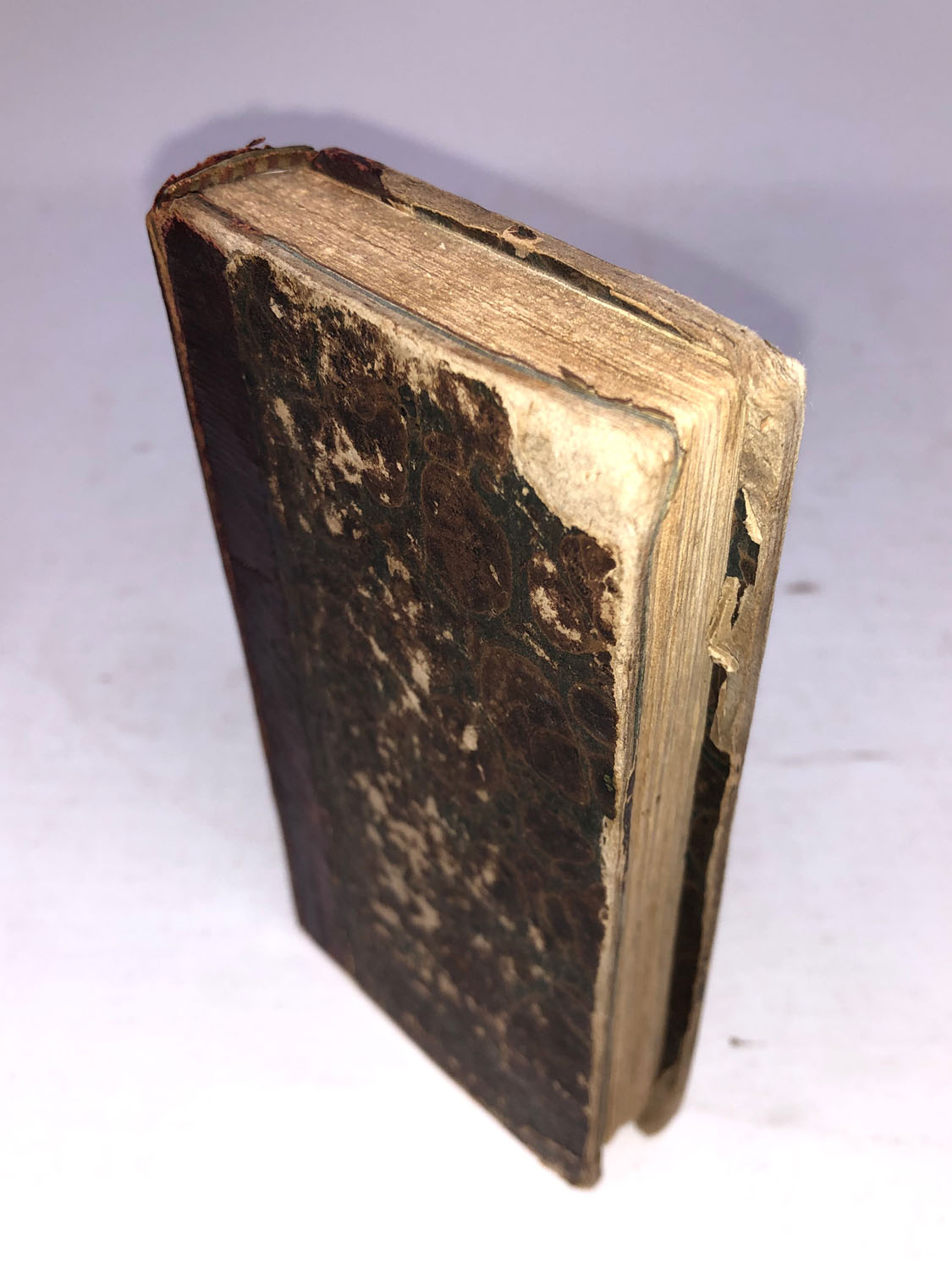
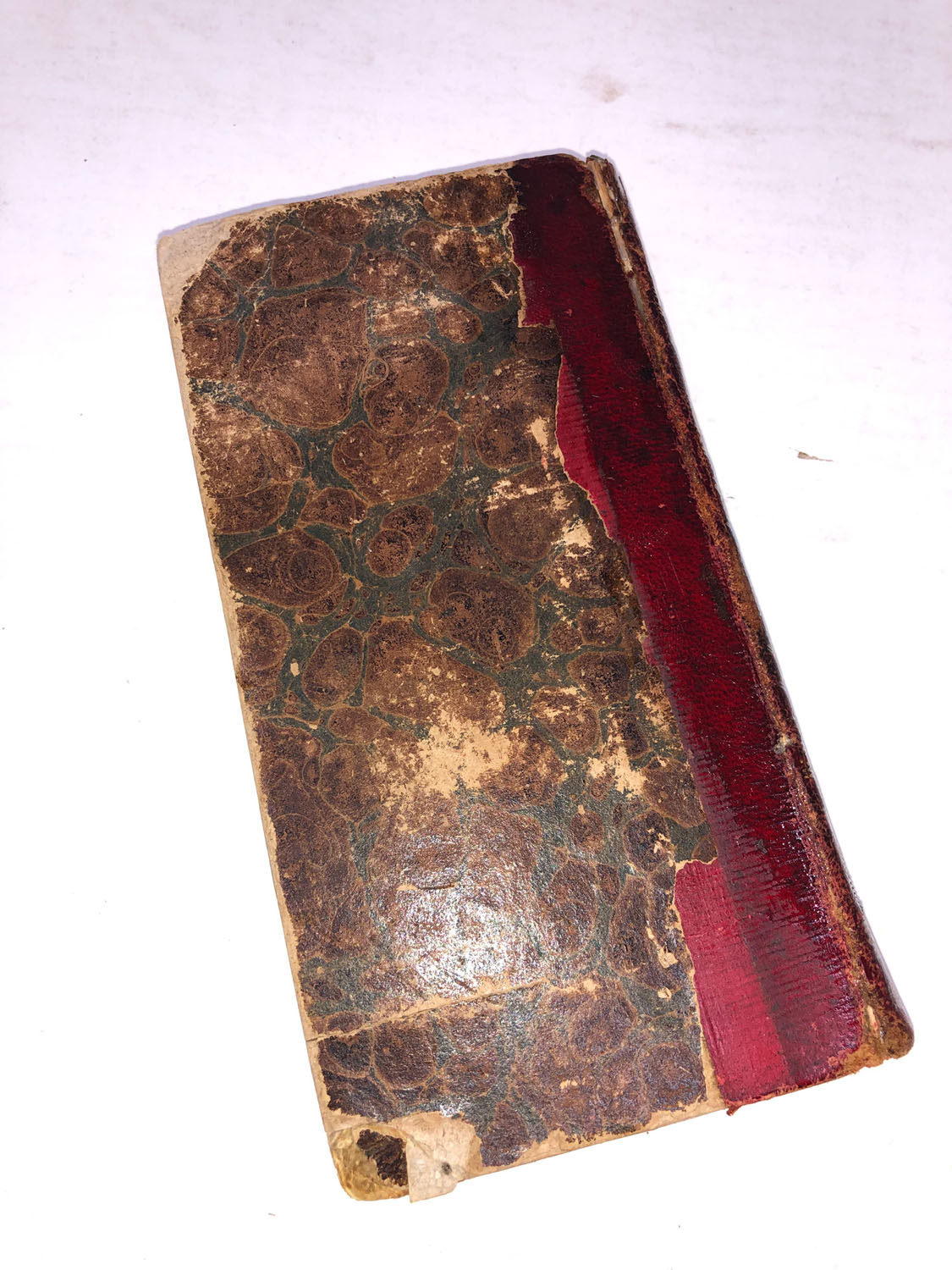
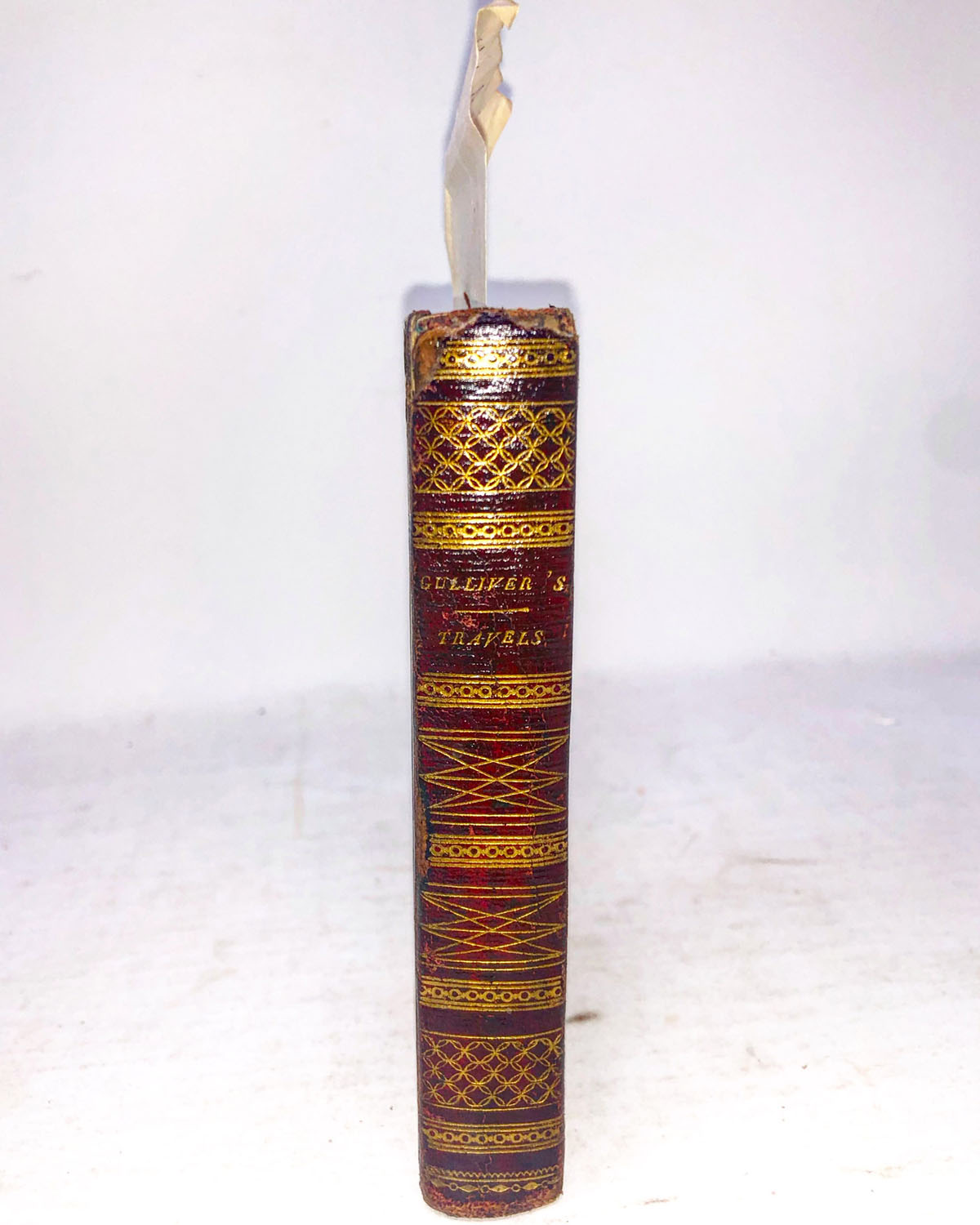
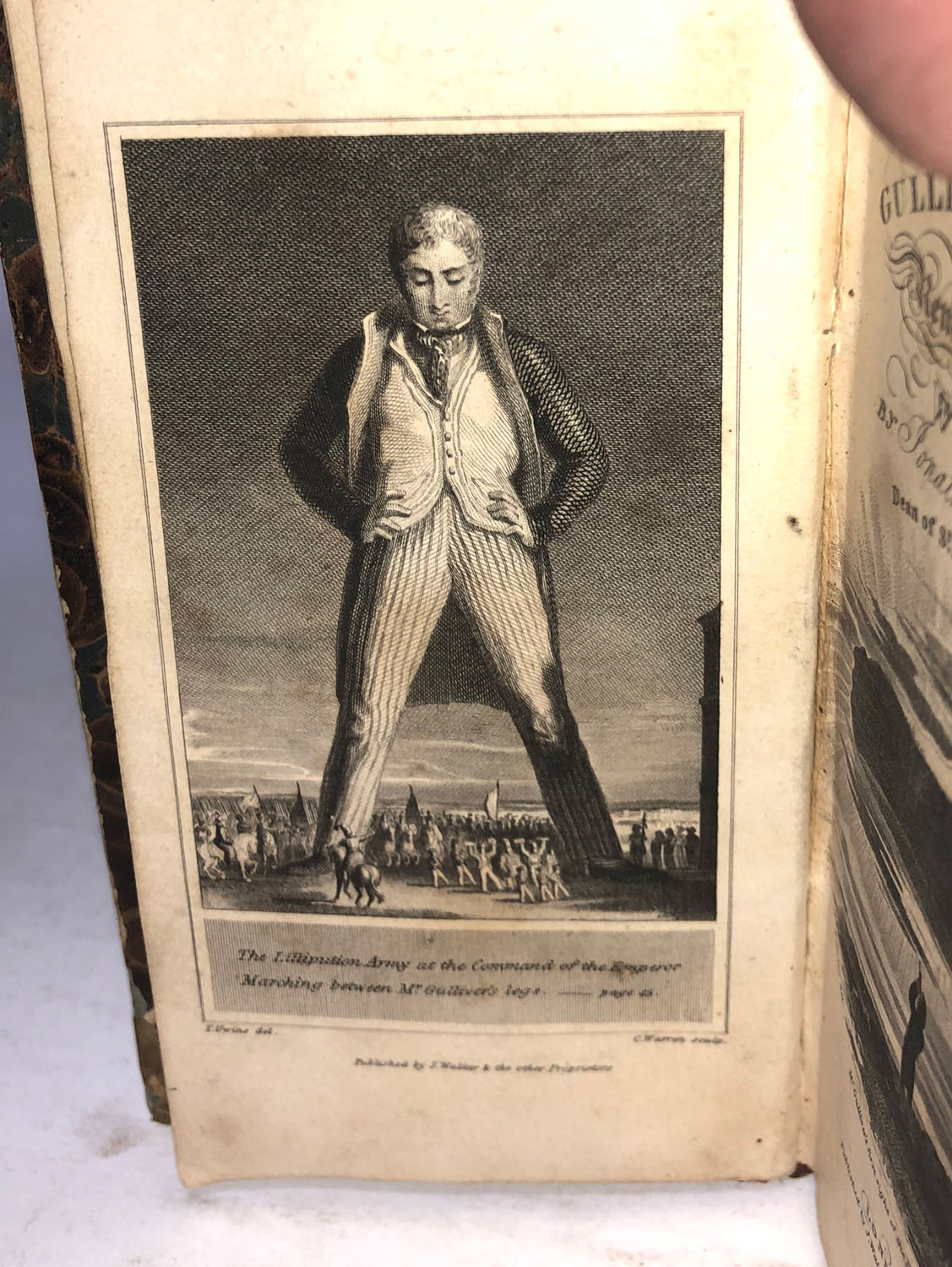


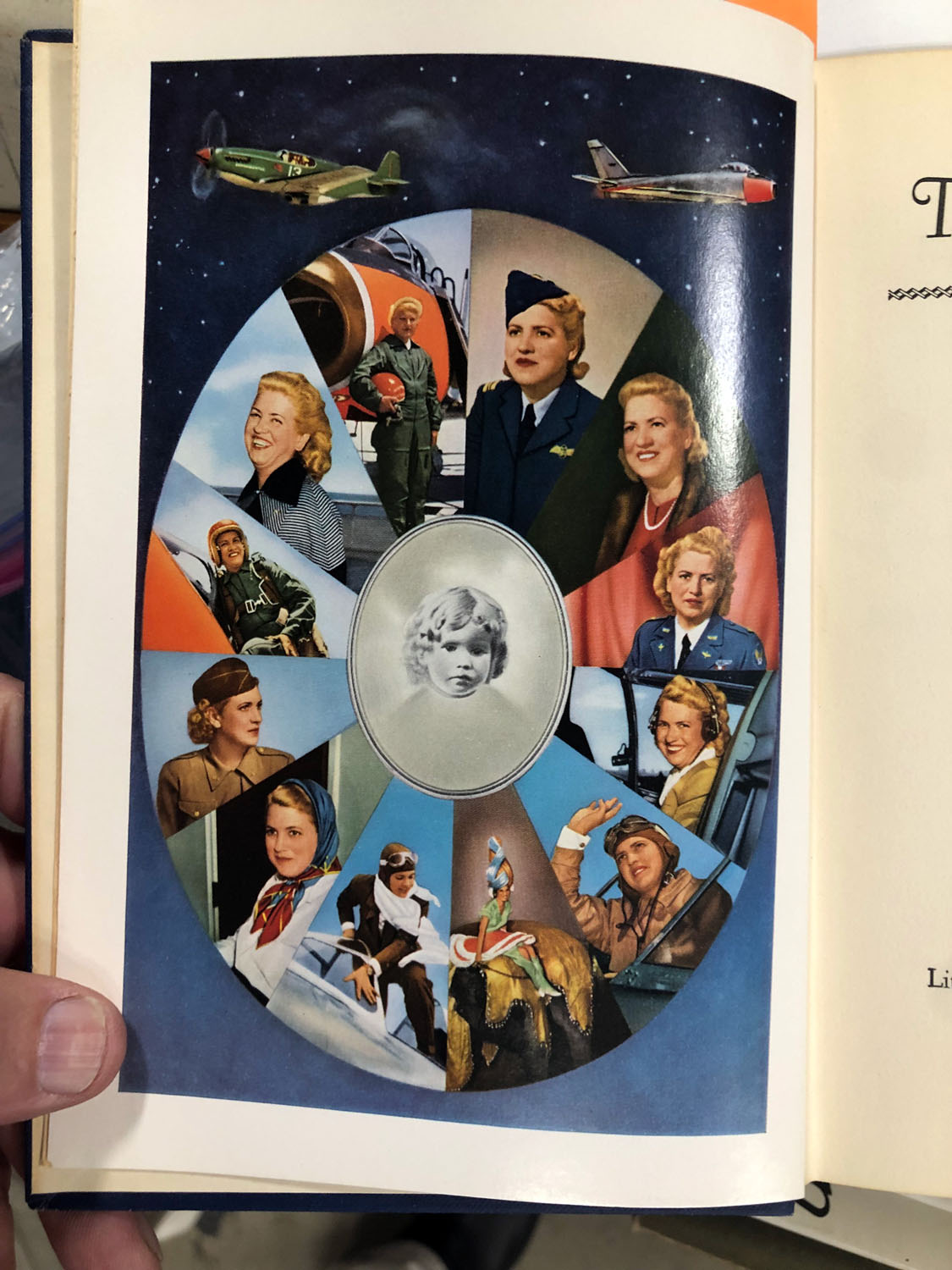
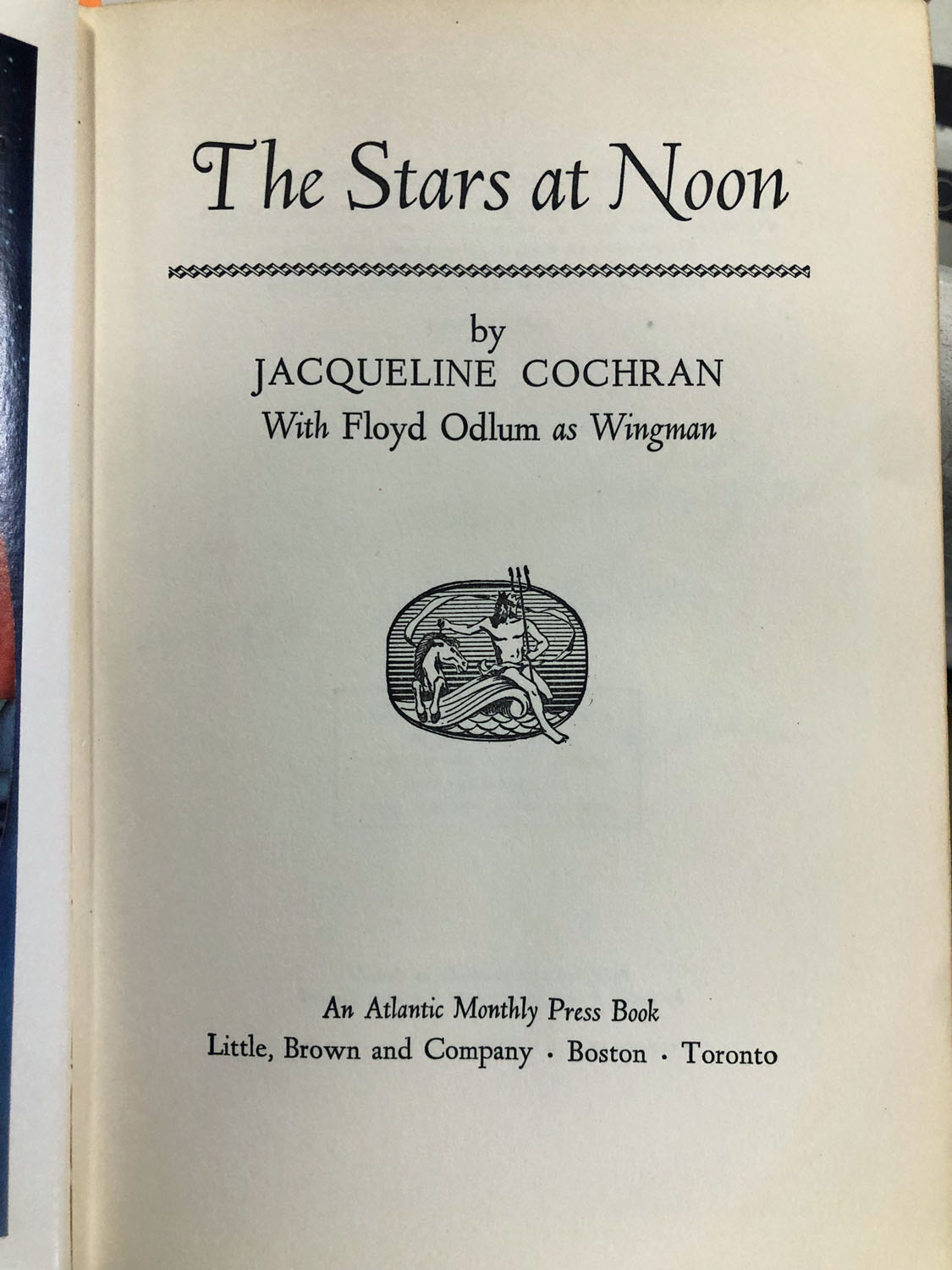
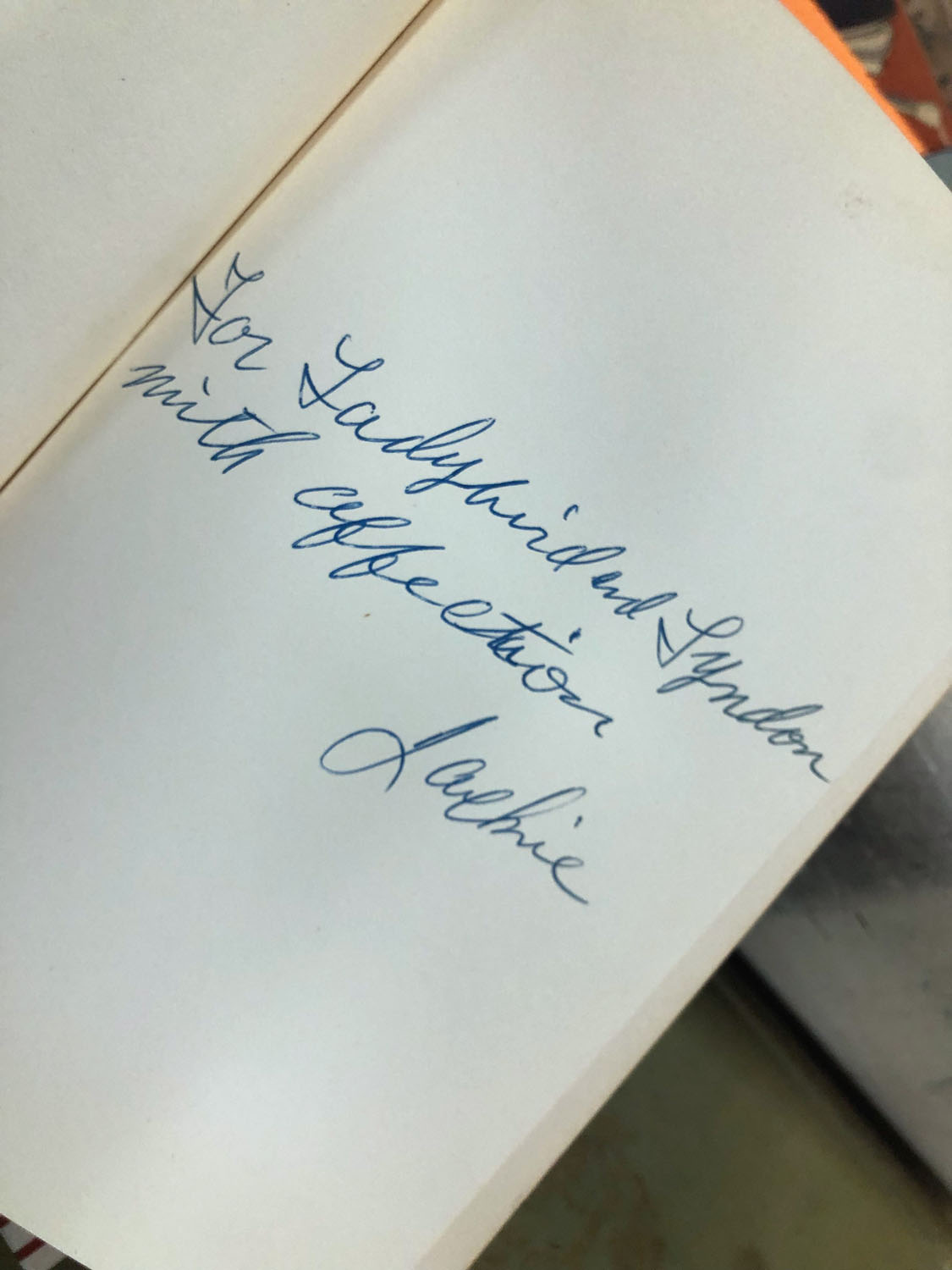
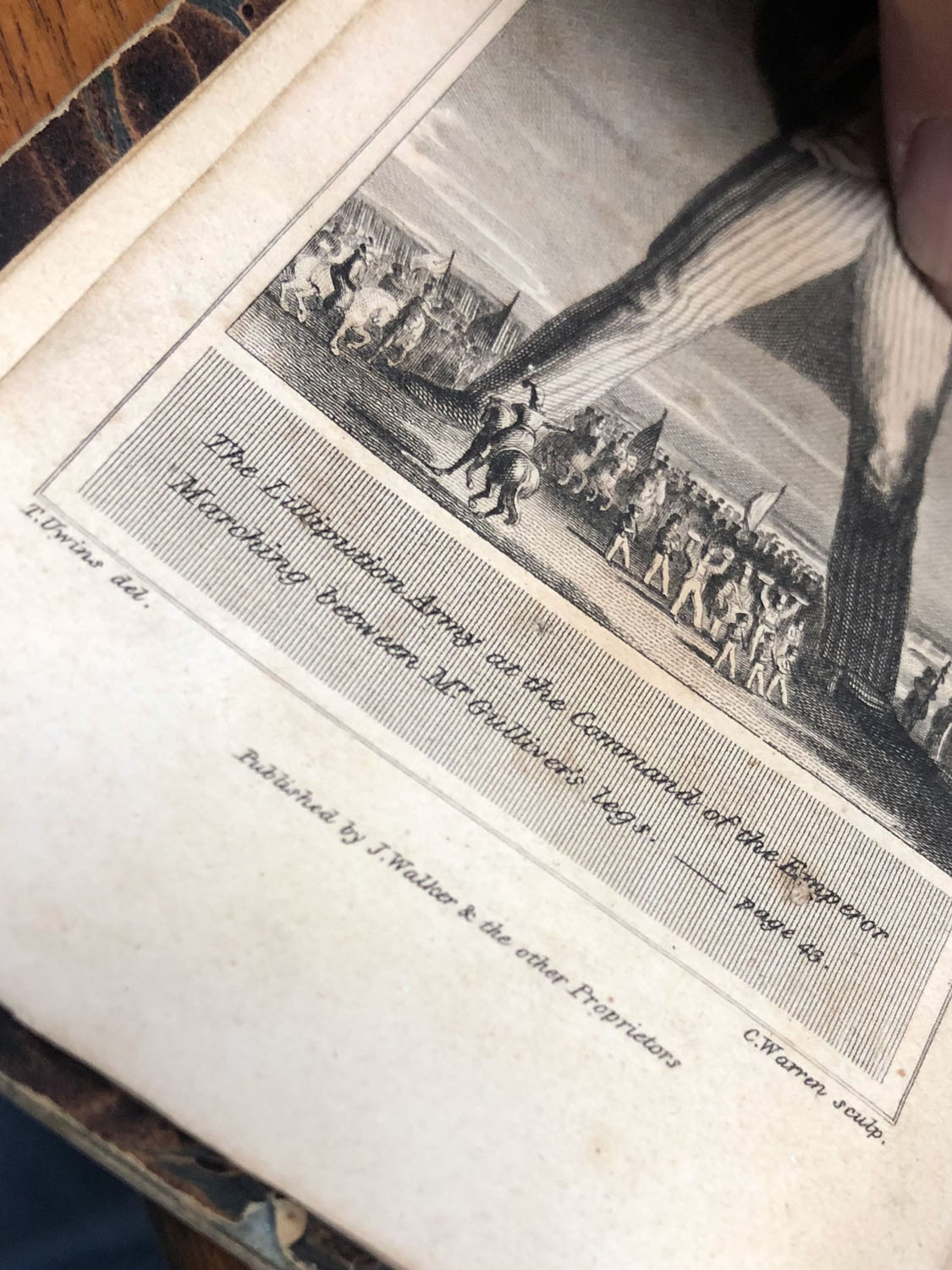
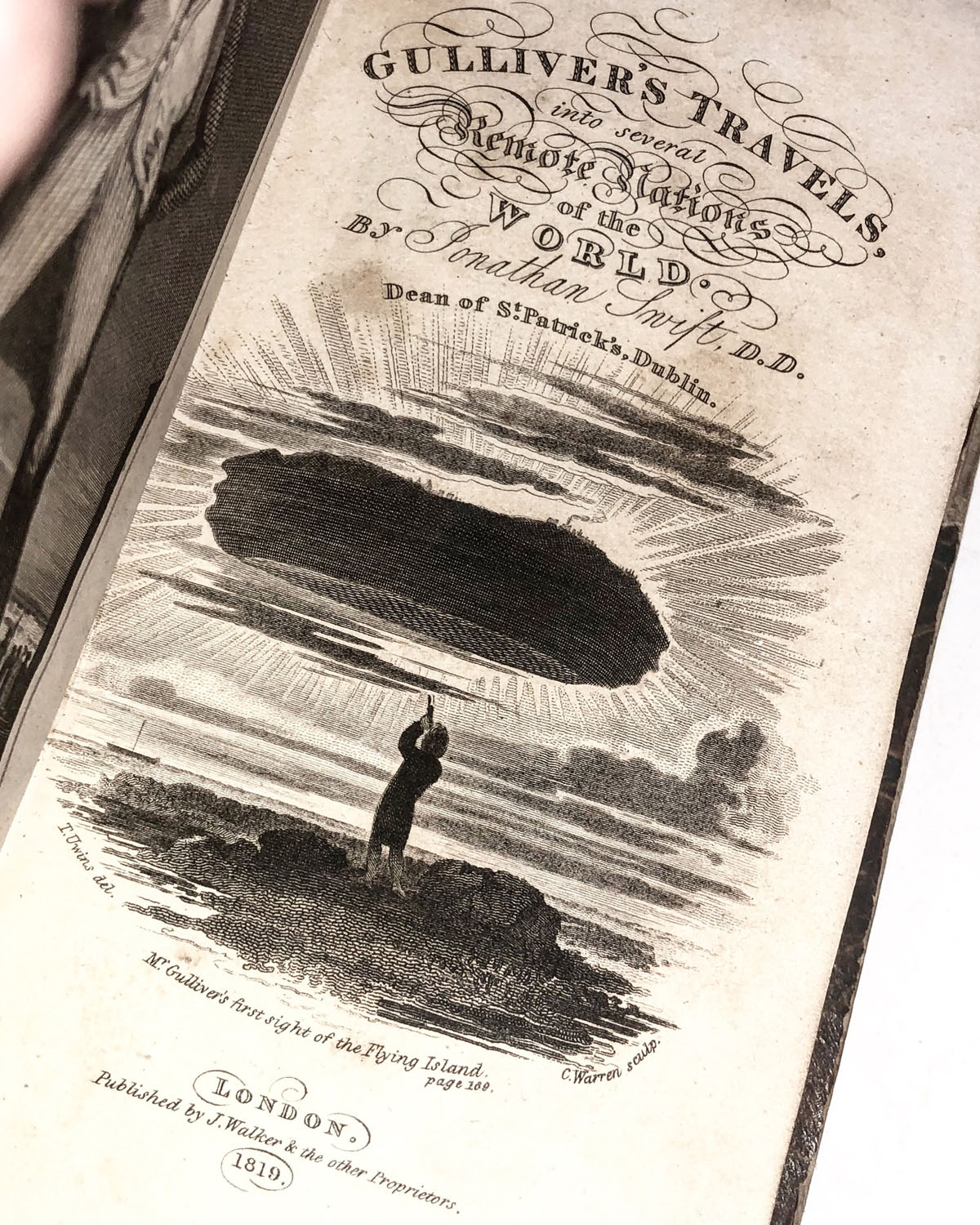
I’m guessing, Chuck, by what I can see, that this is a copper engraving. Steel engravings started appearing in books right about the time of publication of your book, but it was not common for a few years yet.
Thanks Charlie! I just drew a blank when I was writing . It has been so long since I cataloged or needed to pay attention to some things…
I’ll revise Monday so I dont look too foolish.
Thank you for reading and commenting!
Best
Chuck
Beautiful Book and beautiful words! I had a Facebook page about books that I called, “Life: it’s in the pages.” I feel exactly as you expressed. Many books I handle start me to wondering what the life of it has been and what happened to the people who owned it, read it and have it no more. It the part of my job that I love the most.
Thank you so much for the kind words Tobi!
It is heartening to know there are kindred spirits out there.
I appreciate your reading and commenting!
Best
Chuck
There is an 18th century book called Tales of a Guinea. Three volumes. It kind of goes along the line of your dream: where has the coin gone? Who has handled it? What adventures has it played a part in… if I can find my copy of the book it is yours. See you soon?
Very cool David!
Come visit any time!
I’ll try to get down there sometime
Craziness here as usual…
Thanks for reading and commenting
Best
Chuck